Blog
What you need to know about physiotherapy and podiatry.




In today’s post-COVID world, screens are everywhere. Online classes, mobile games, YouTube marathons — they’ve become part of everyday life for children in Singapore. But behind the convenience of digital learning and entertainment lies a hidden cost: poor posture.
As parents, many of us are noticing our children slouching more, complaining about neck aches, or walking with rounded shoulders. Is it just a phase? Or is it something we should worry about?
This blog is here to help you spot the signs early, take actionable steps at home, and understand when to seek support from professionals like physiotherapists or podiatrists. Let’s break it down.

Since the rise of remote learning and digital play, many children spend more than 4–6 hours a day seated and staring down at screens. This repetitive positioning leads to:
These aren’t just visual changes — they can impact energy, breathing, sleep, and long-term movement development.
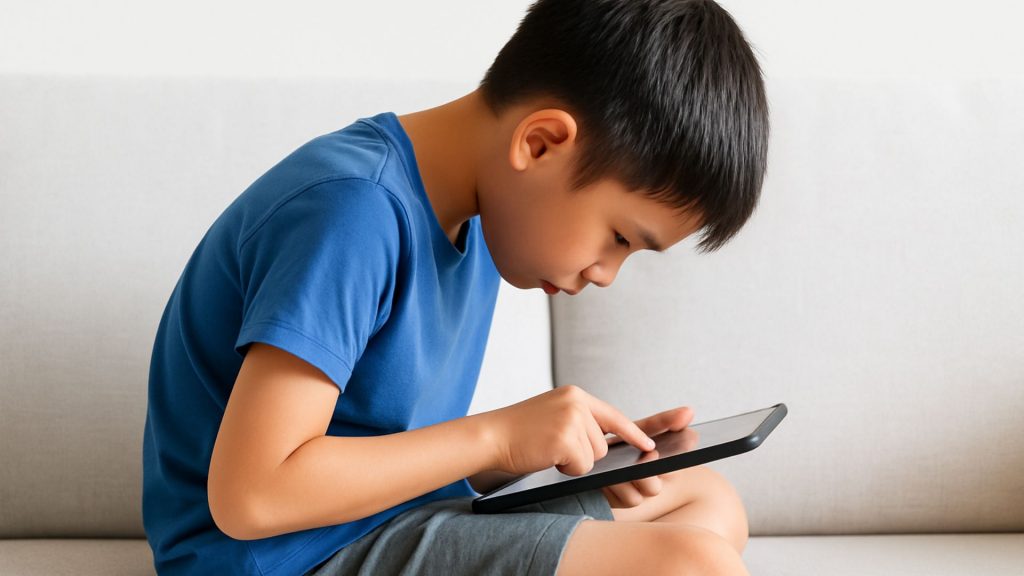
Let’s take 10-year-old Aaron as an example:
“He was hunched over his tablet so often we barely noticed. But soon he started saying his neck hurt and he didn’t want to sit through classes. His teacher noticed his writing posture had changed too.”
After an assessment, Aaron was found to have forward head posture and underactive postural muscles. With a few simple interventions and support, his posture and comfort improved — and so did his focus in class.
The earlier we act, the better the outcomes.
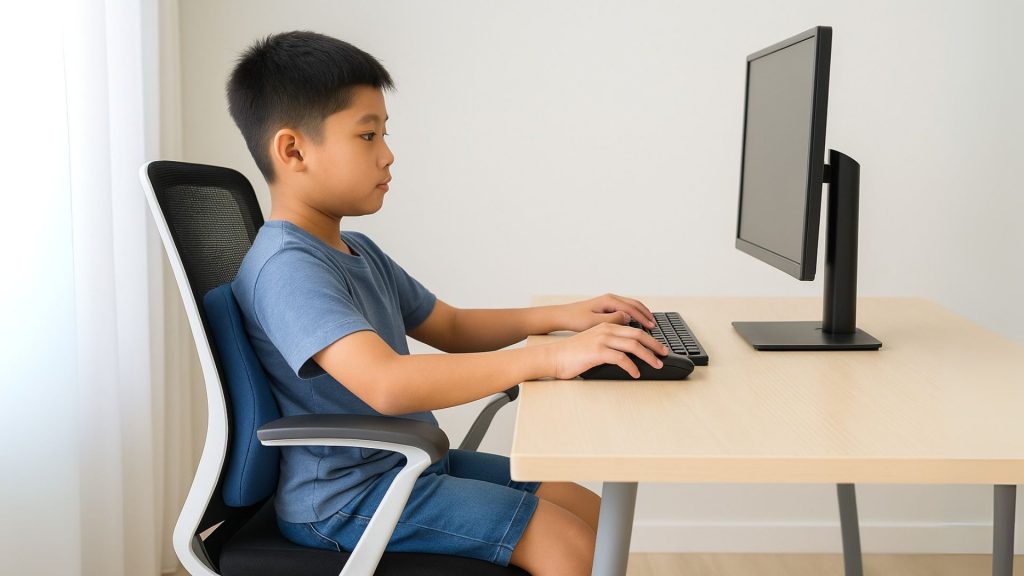
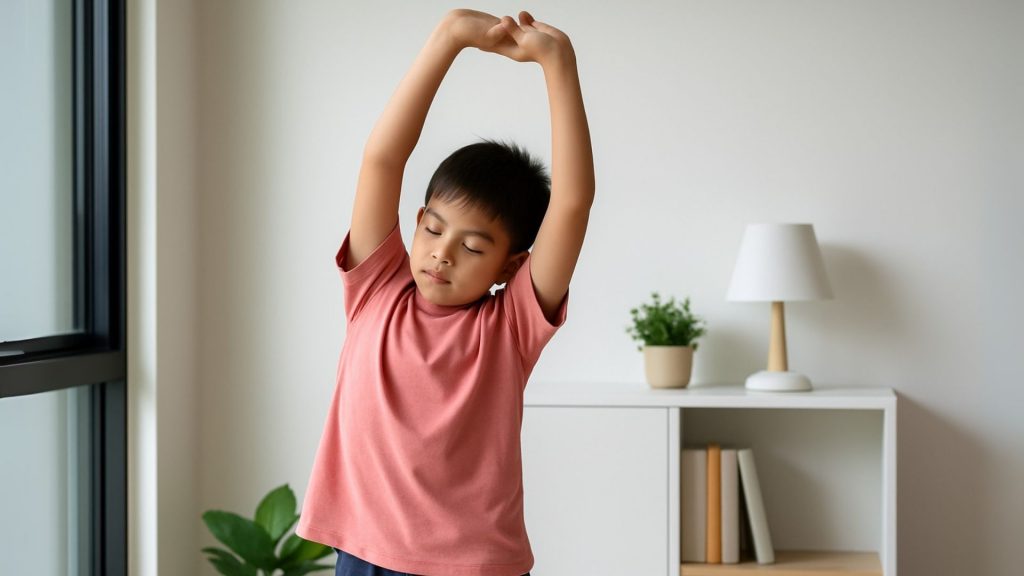
Every 20 minutes of screen use, get your child to look at something 20 feet away for 20 seconds. Pair this with a quick stretch or stand-up movement.

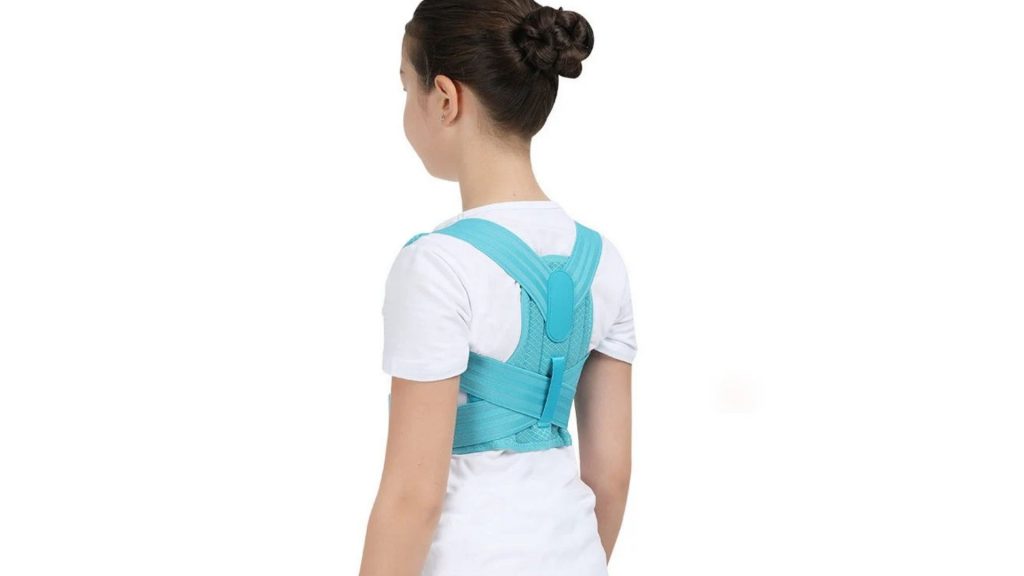
Posture correctors can be tempting, but they’re best used only as temporary reminders. The long-term solution is training the muscles to support good posture naturally — through movement and targeted exercises.
Yes! Children and teens have high neuroplasticity, meaning their bodies are highly responsive to correction. Whether your child is 6 or 16, postural habits can be retrained effectively.
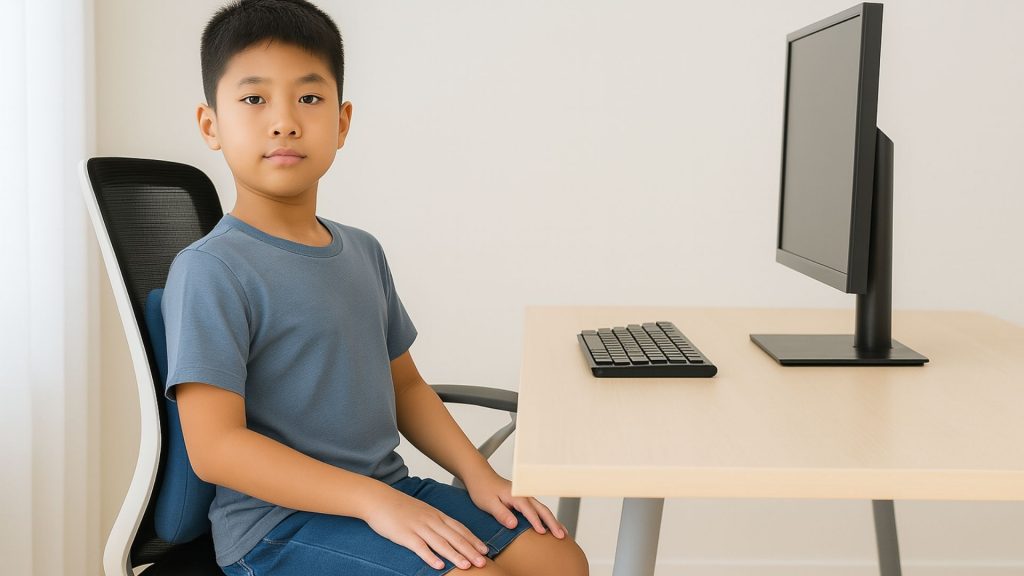
Encourage a “chest up, shoulders back” position while sitting. Add lumbar support, ensure proper seat height, and encourage your child to change position every 30 minutes.


It’s time to act if you notice:
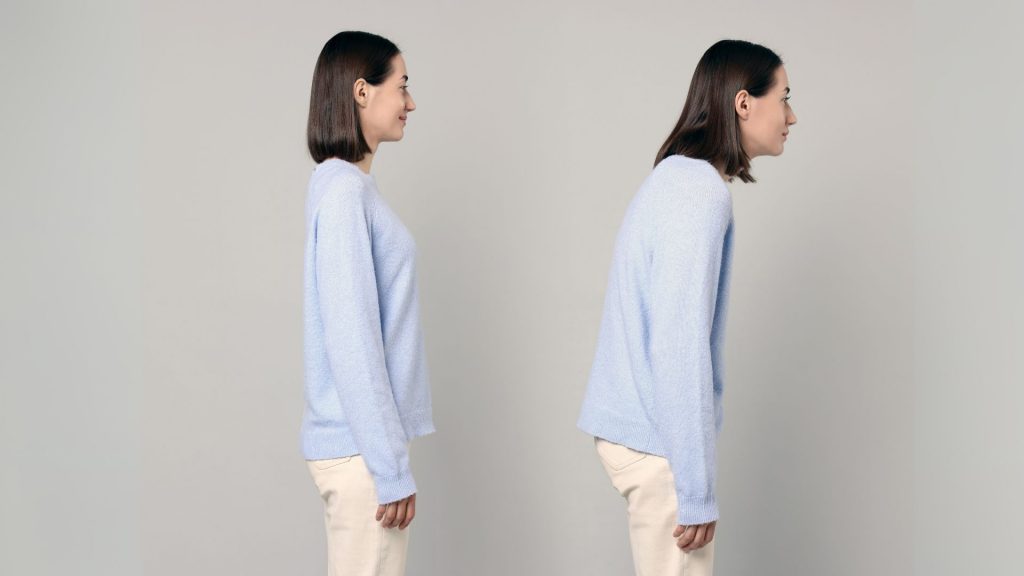
Excess screen time promotes poor spinal alignment and weakens the muscles that keep us upright. The longer your child sits hunched, the more their body adapts to that as “normal.”
Absolutely. The sooner it’s addressed, the better. Most posture issues in children can be resolved through a combination of strengthening exercises, ergonomic changes, and expert support.

If your child’s posture doesn’t improve with home exercises or if they’re experiencing pain, it’s wise to get a professional assessment. At Physio & Sole Clinic, we offer child-friendly posture screenings tailored to identify and treat early signs of musculoskeletal imbalance.
According to Singapore’s Ministry of Education, children should limit leisure screen time to no more than 2 hours a day. More importantly, frequent breaks and varied activities are key to balancing digital habits.
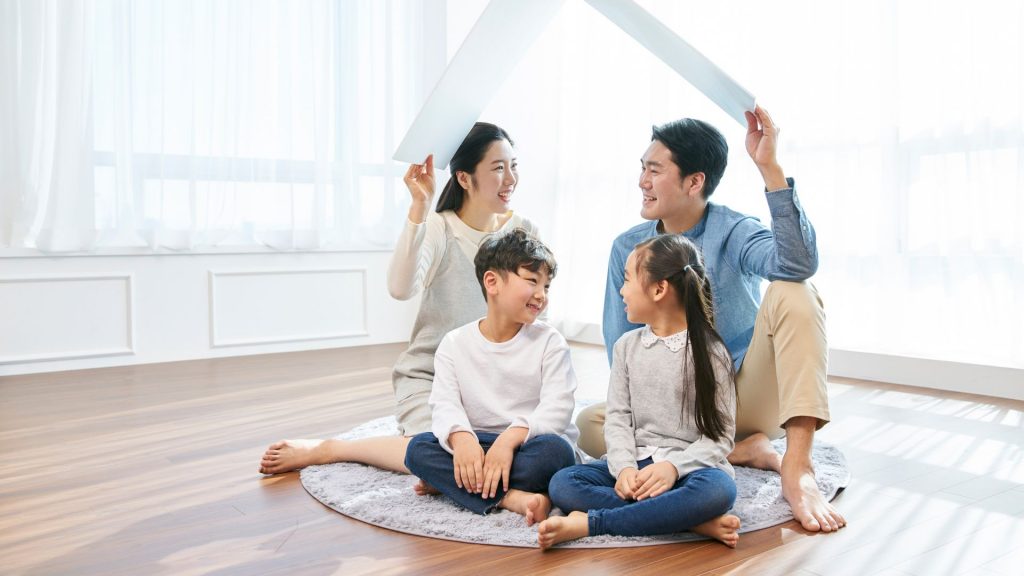
Parenting in the digital age is full of new challenges — but posture doesn’t have to be one of them. With a mix of observation, good habits, and timely support, you can set your child up for a healthier, stronger future — spine included.
👟 Want to get your child assessed by a physio or podiatrist? Book a posture screening with Women & Children Centre today.
Phone: 9126 8257
Fax: 6281 1209
Email: contact@physioandsole.com
Whatsapp a Podiatrist: 91754929
Whatsapp a Physiotherapist: 98997967